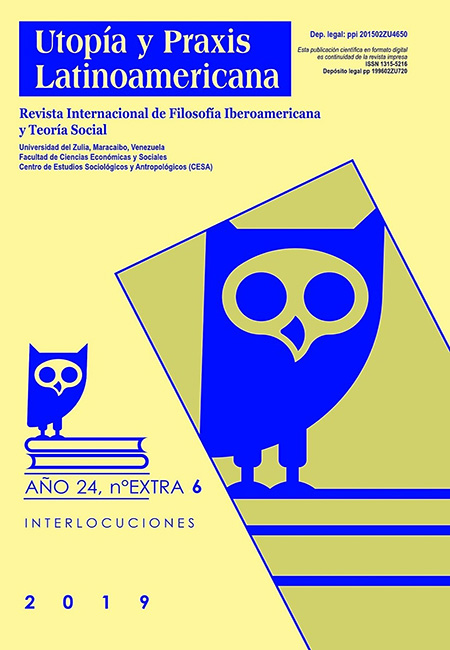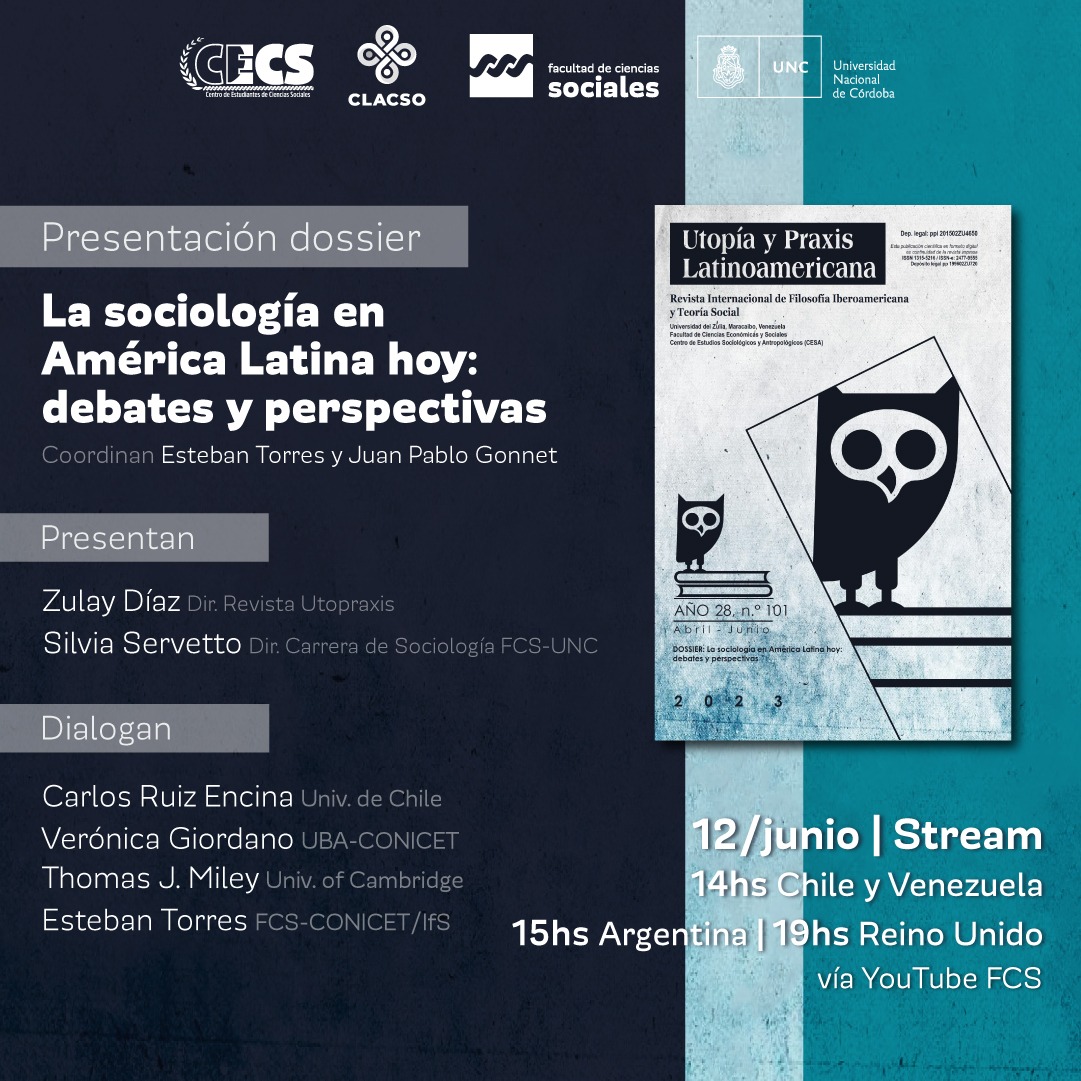Investigating characters in the first three volumes of the novel “Fire without Smoke”
Resumen
ABSTRACT
Familiarity with various branches of literature, especially fictional literature, has been an appropriate setting for cultural and social change. Since fictional literature and characterization are one of the most interesting and important areas in the field of fictional research, and basically a story without character is not conceivable, this article examines personality in the first three volumes of the novel Smoke-free Fire Ibrahimi and such things as personal descriptions (Direct and indirect), simple and comprehensive, the social class, the motive of the characters in our actions. In general, Ibrahim can be highly successful in characterizing his prose.
RESUMEN
La familiaridad con varias ramas de la literatura, especialmente la literatura de ficción, ha sido un escenario apropiado para el cambio cultural y social. Dado que la literatura y la caracterización ficticias son una de las áreas más interesantes e importantes en el campo de la investigación ficticia, y básicamente una historia sin personajes no es concebible, este artículo examina la personalidad en los primeros tres volúmenes de la novela Fuego sin Humo, Ibrahimi y tales cosas como descripciones personales, simples y completas, la clase social, el motivo de los personajes en nuestras acciones. En general, Ibrahim puede tener mucho éxito en caracterizar su prosa.
Citas
BIBLIOGRAPHY
BOZORGBIGDELI, S, & SALEHI, H (2017). “Study of Aydin's inferiority complex in the novel" fire without smoke", a work of Nader Ebrahimi”. UCT Journal of Social Sciences and Humanities Research, 5(02), pp. 65-69.
CREECH, N, & BHAVNAGRI, N (2002). “Teaching Elements of Story Through Drama to 1st—Graders Child Development Frameworks”. Childhood Education, 78(4), pp. 219-224.
EBRAHIMI, N (1992). fire without smoke. seven-volume course. Tehran: Ruzbehan Publication Institute.
EBRAHIMI, N (2008). Abolmashaqel (4th ed). Tehran: Ruzbehan Publication Institute, no.3.
IRAJI, M (2015). The Study of Analyzing Expressive Features Formation in Discourse and Their Effects on Changing Semiotics in Nader Ebrahimi's book named" A Quiet Romance.
IRANI, N (2001), the art of story (1st ed). Abangah.
KALOGEROPOULOS, P, RUSSO, JA, SULLIVAN, P, KLOOGER, M, & GUNNINGHAM, S (2020). “Re-enfranchising Mathematically-alienated Students: Teacher and Tutor Perceptions of the Getting Ready in Numeracy (G.R.I.N.) Program”. International Electronic Journal of Mathematics Education, 15(1).
LAUREANO, RMS, FERNANDES, AL, HASSAMO, S, & ALTURAS, B (2018). “Facebook Satisfaction and Its Impacts on Fundraising”: A Case Study at a Portuguese Non-Profit Organization. Journal of Information Systems Engineering & Management, 3(1), pp. 4-7.
MIR SADEGHI, J (2013). elements of the story (8th ed). Tehran: Sokhan.
MIRI, A, MAHDAVI, MJ, SHARIFI, S, & MAHMOODI BAKHTIARI, B (2018). “Comparison of Two Central Characters in “Smokeless Fire”(Using Fairclough’s Theory of “Inequality of Power in the Dialogue and the Model of Michael Short)”. Language Related Research, 9(5), pp. 147-171.
MOHAMMADI, S, & YEKTA, P, (2018). “The Effect of Emotional Intelligence on Job Satisfaction among Stuff Nurses in Intensive Care Units”. UCT Journal of Social Sciences and Humanities Research, 6(2), pp. 1-7.
NOORADI, M, BAGHERI NIA, H, & OULIAEY, A (2017). “Are the manager's bases of power related to job satisfaction?” UCT Journal of Management and Accounting Studies, 5(3), pp. 71-75.
PAKDEL, M, & ASHRAFI, M (2019). Relationship between Working Capital Management and the Performance of Firm in Different Business Cycles. Dutch Journal of Finance and Management, 3(1).
PAYDAR, MP (2018). Minimalism in Stories of the First Book of Masnavi Manavi. Argos, 35(71).
SEYYED HOSSEINI, R (1961). story-writing technique (5th ed). Tehran: Amir Kabir.
SHARIATI, S (2019). Structure Analysis of narrative in The story of Atash bedoone dood based on Greimas, Theory (Doctoral dissertation, University of Zabol).












